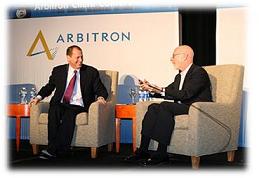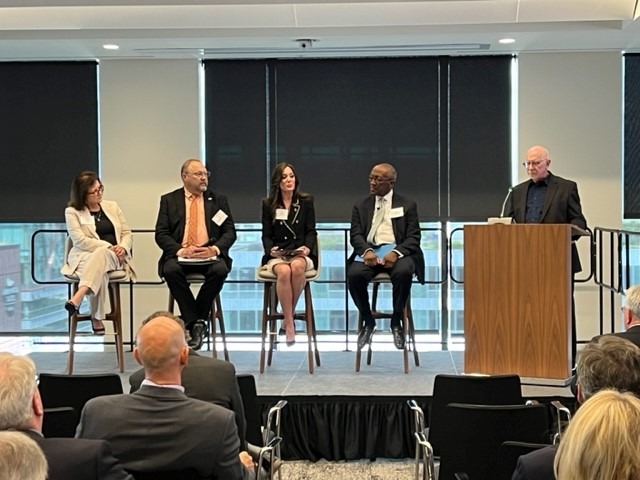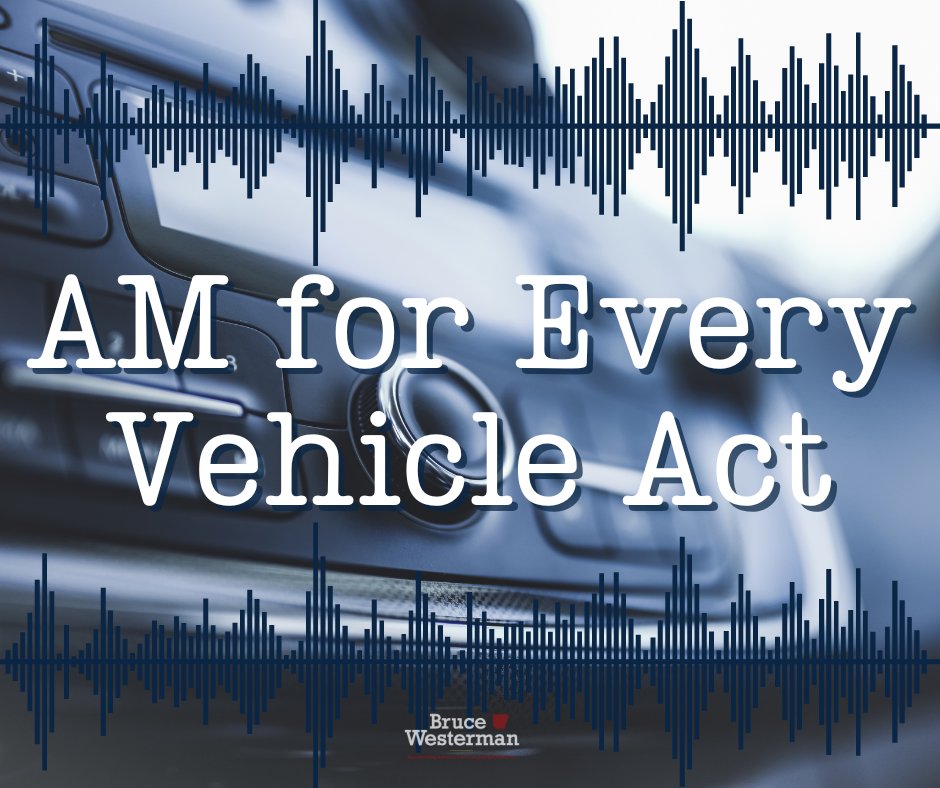
By now, you’ve likely read the story how Congress may be getting closer and closer to passing legislation mandating AM radio in cars. In our overcluttered world of media, those modern dashboards are getting more and more confusing to consumers trying to figure out how to access their content of choice. Some of these technology growing pains are taken in stride by consumers, but when something happens that threatens an outlet, platform, or service you were loyally consuming, it can be terribly disconcerting.
I’m feeling this pain trying to watch TV play-by-play broadcasts of my hometown baseball team – the Detroit Tigers – on TV. For decades, we’ve taken for granted these games are available for free on television throughout the long season. Broadcast coverage of games – TV and radio – has historically been simple to access. But these days, it’s getting a little dicey, forcing viewers to calculate their choices. That’s because on the television side, the Bally regional sports network and Comcast’s Xfinity couldn’t come to an agreement after months of negotiations. Until they do – assuming they do – millions of fans of this team will now be stuck listening to them on the radio – or pay a monthly fee to stream the games on the Bally app.

So, thank goodness for radio PBP. Unless, of course, the games aren’t broadcast on an AM radio station. From Tesla to Ford, many automakers are in the process of re-evaluating whether including AM radio – especially in electric vehicles – is worth the aggravation and the cost.
I’ve written extensively about the “AM For Every Vehicle Act” moving closer to passage over these past months. Paul and I decided this cause was worthy of our efforts, despite the potholes and sand traps. As we learned the more we got involved with NASBA (National Alliances of State Broadcasters Associations), this isn’t just about consumers listening to sports games or talk shows. FEMA stepped up to remind us of the role AM radio plays (and can play) by informing Americans of impending emergencies and similar projects.
Last week, the U.S. House Energy and Commerce Committee convened a helpful hearing to discuss the pending bill and the situation. As Radio Ink reported, the head of the Consumer Technology Association, Gary Shapiro, used the occasion to go full Ninja against radio broadcasters. Gary is a friend, as well as our partner for our popular CES tours. But earlier this week, he went off on the pending legislation because it will hinder innovation and incease costs of EVs.

Gary Shapiro and me with buggywhip in hand
This is nothing new, and Gary cited his own history of railing against radio back when our industry attempted to convince Congress to mandate FM chips in mobile phones. As he testified, “Now broadcasters have repeatedly pushed Congress for laws to preserve their struggling business model. First, it was a rather absurd attempt to mandate FM chips in mobile phones. Now broadcasters are using the same playbook for AM radio.”
Holy buggywhips!
Gary also used the occasion to make the point that in a recent nationwide EAS test, “95% of American adults received an alert on their phones, while only 1% heard it on AM radio.” Of course, the test was conducted during clear conditions when cell towers weren’t being blown over by hurricane or tornado level winds. As we learned from those tragic wildfires in Hawaii last year, AM radio is often the last vestige of communications infrastructure still standing during a disaster.
Oddly, Gary himself has told the story of vacationing in northern California when wildfires raged close to where he was staying. As his mobile phone was rendered useless by the emergency, Gary wisely jumped in his rental car to listen to broadcast radio alerts and information guiding him to safety. That’s consistent with FEMA’s reliance on AM radio, in particular, to get the word out during weather and natural disasters, happening with greater frequency.
But the proceedings in Washington, D.C. took an even more surreal turn when the Alliance for Automotive Innovation’s John Bozzella proposed a solution to AM’s absence in electric vehicles. Reminding the subcommittee that “AM radio is important,” and that he’s “a big listener of AM radio and we’re not about taking it away,” he offered up this novel suggestion:
Automakers providing a hand crank radio as part of their standard emergency kits that come with vehicles. Like the spare tire and the jack.
Of course, there was pushback to this patently absurd idea from broadcasters, including Melody Spann Cooper, CEO of Midway Broadcasting.
According to the Inside Radio story, auto industry estimates peg the cost of retaining AM in cars at as much as $3.8 billion. But keep in mind, they fought seat belts and later air bags, even though both were proven to save lives.
But it’s not just about broadcast during emergencies or carrying baseball games. One of the most interesting panels at last year’s joint NASBA/NAB event in D.C. featured representatives from religious, Black, farm, and Hispanic broadcasting organizations, all persuasively making the case that AM radio carries some of the most diverse programming on the radio. Titled “The View From Affected Broadcasters,” I had the honor of moderating that session, and it was an eye-opener to me and many in attendance.

L-R: Patty Ruiz (Bustos Media), Tom Brand (National Association of Farm Broadcasting), Noelle Garnier (National Religious Broadcasters), James Winston (National Association of Black Owned Broadcasters), me
But crank radios in the trunk of every car?
The next thing you know, the auto industry mavens will include a skateboard and a jug of Ocean Spray cranberry juice in their emergency kits when drivers face a breakdown:
@wont_you_be_my_nabor This was Nathan Apodaca sending out a strong and very positive vibe back when 2020 was spiraling out of control! Much love and respect brother. @420doggface208 #fyp #cranraspberry #oceansprayguy #dadsoftiktok #fypシ ♬ Aesthetic – Tollan Kim
The fact is, AM radio belongs in car dashboards. It has earned that position after a century of service. Consumers, too, don’t want it to leave the dashboard. And a crank radio in the trunk cannot begin to make up the loss.
Case in point: Our new Techsurvey 2024 reveals that 12% of our sample will buy or lease a new vehicle this year. Of them, one in ten plans to acquire an EV (or already has). That’s down from last year’s 13% signaling softness in the electric market.
So, when we asked EV buyers and those planning on having one in their garages whether the lack of AM radio in their new vehicle would sour the whole idea, here’s what they told us:
Yes, these are core radio listeners, so they might be predisposed to stand by AM. But even if you take 10 percentage points off to compensate for their fandom, one in three EV buys will think twice – or even walk away – from a vehicle that doesn’t include AM radio.
Think about a WFAN core fan in New York City, or a WGN stalwart in Chicago. Yes, there are some markets where the AM offerings have become sparse, but there are so many others offering vital information and entertainment programming consumers can’t get anywhere else.
there are some markets where the AM offerings have become sparse, but there are so many others offering vital information and entertainment programming consumers can’t get anywhere else.
As the auto industry tries to navigate the technology and innovation highways and byways, the last thing they need is to give American consumers a reason to rethink that EV purchase.
The prospects for the “AM For Every Vehicle Act” got brighter again yesterday. FCC Commissioner Geoffrey Starks announced at a National Association of Farm Broadcasting’s event he’s 100% behind this legislation.
And now the act has a “supermajority” of Senate support – 60 “yes” votes ‘ which is the magic number that staves off a filibuster.
So radio, CRANK IT UP!
Originally published by Jacobs Media








